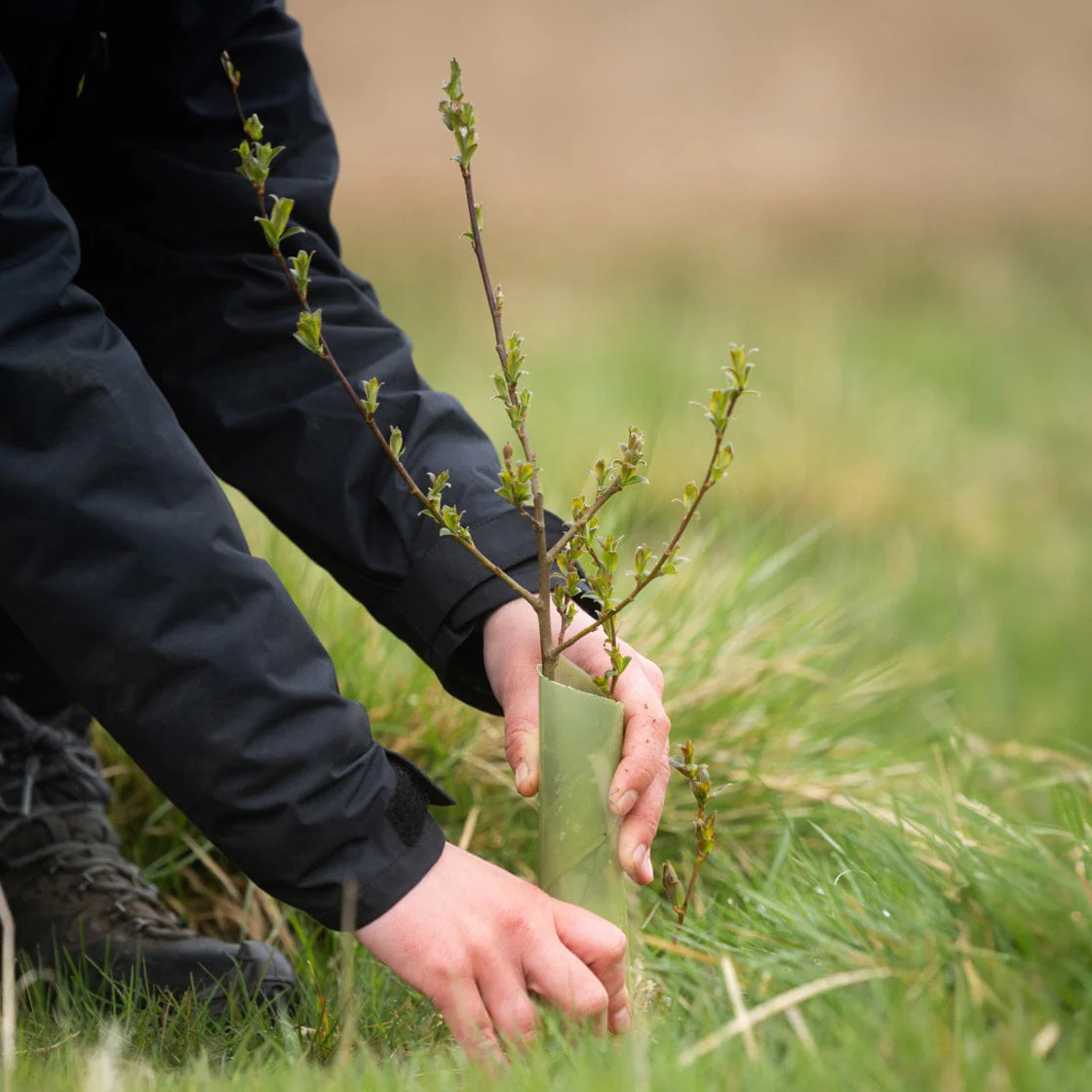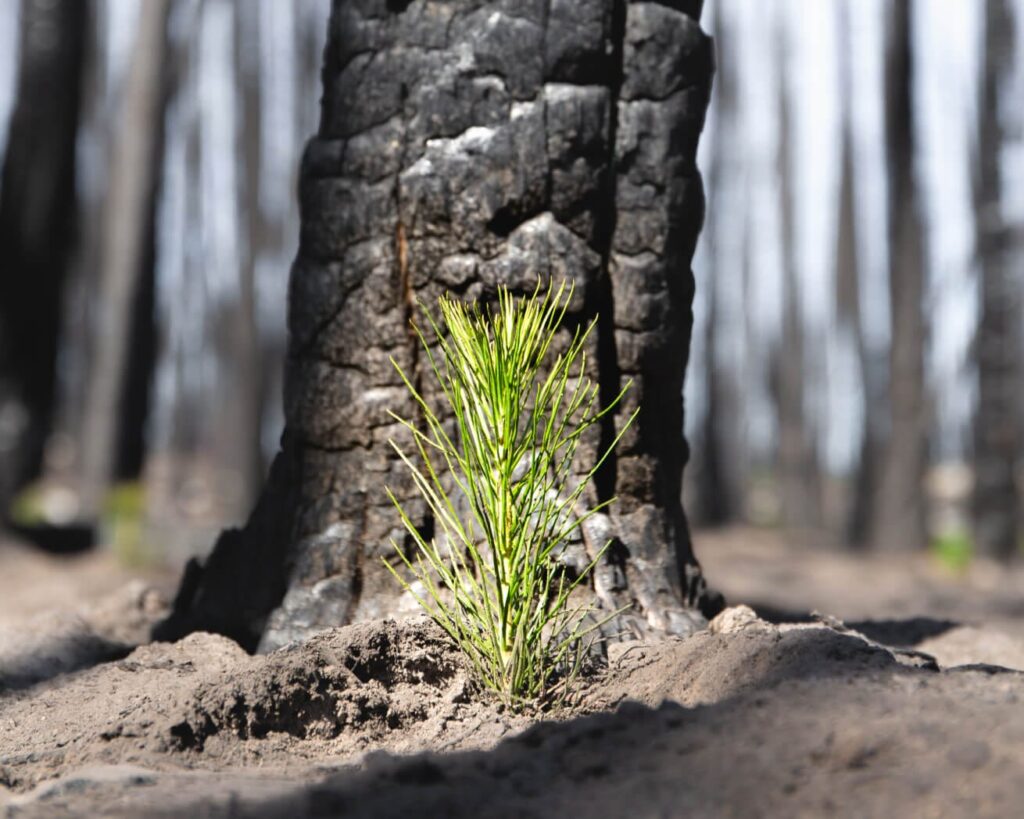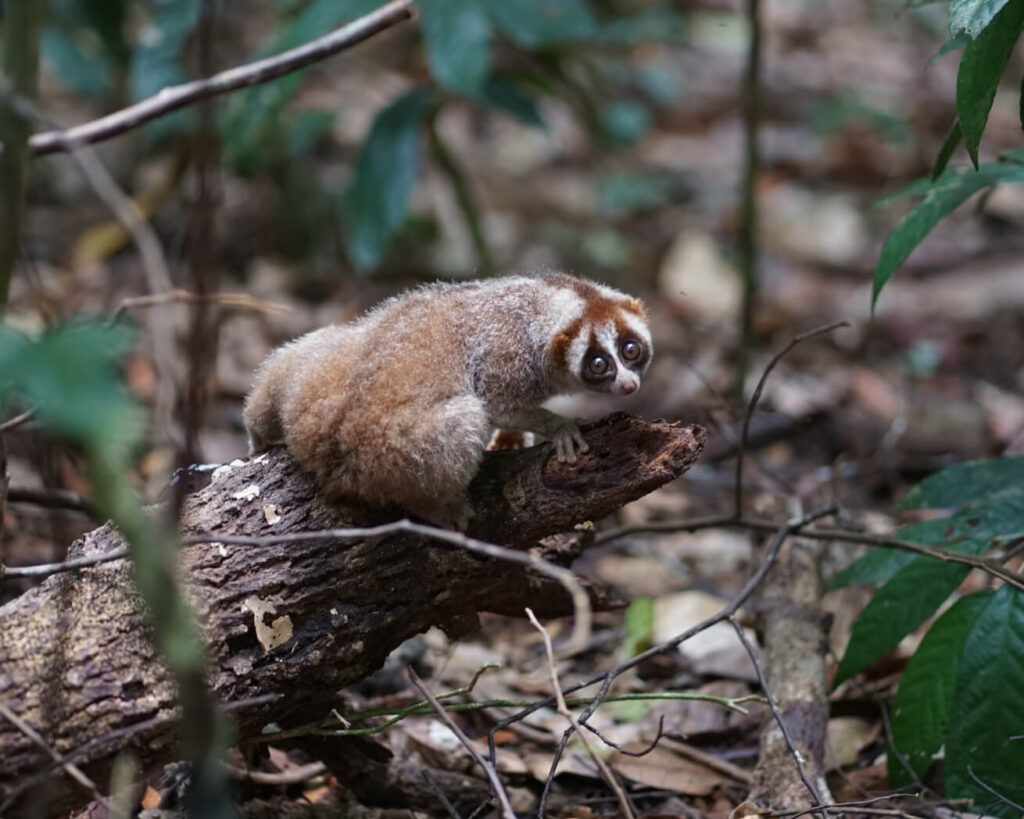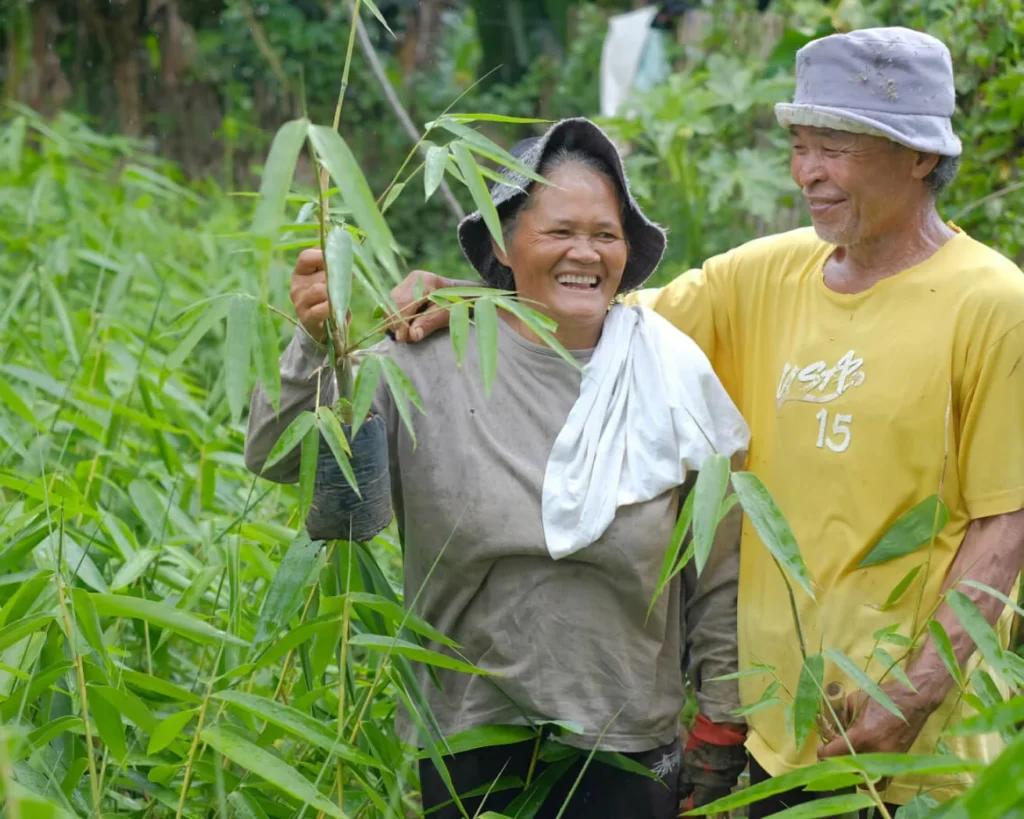One Farmer. One Tree.
Reforestation helps to restore forests that have been degraded or deforested by human activities or environmental disasters, provide jobs for social impact, and restore biodiversity habitat. Our projects work toward forest restoration, biodiversity conservation, ecological restoration, and agroforestry. They also provide community benefits such as improving health, supporting indigenous project ownership, and encouraging sustainable income generation.
Each contribution, big or small, makes a real difference. Your support helps us transform every dollar into meaningful change.

Reforestation Stats
Hectares lost
Since 1990, the world has lost more than 420 million hectares of forest.
State of the World’s Forests, UN FAO
Over 1 million animal and plant species are threatened with extinction.
3.6 billion people currently live in areas that are highly vulnerable to climate change.
Every year, the world’s forests absorb about 7.6 billion metric tonnes of CO2.
Why Plant Trees?

Climate Change Resilience
A mature tree can absorb an average of 22 lbs of carbon dioxide per year, playing an important role in helping society mitigate the effects of climate change. Healthy forests increase climate change resilience in many ways — including by lowering ambient temperatures.
Habitat Restoration
Forest ecosystems encompass richly layered habitat types, which provide shelter to a breathtaking range of biodiversity — including 80% of amphibian species, 75% of bird species, and 68% of mammal species. Planting trees restores critical habitat for terrestrial biodiversity, some of which can be found nowhere else on earth.


Social Impact
Reforestation is a powerful way to foster community growth, education, and economic empowerment. Tree planting initiatives can support marginalized communities, facilitating sustainable income streams, improving access to nutritious food, and creating jobs.

